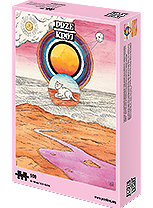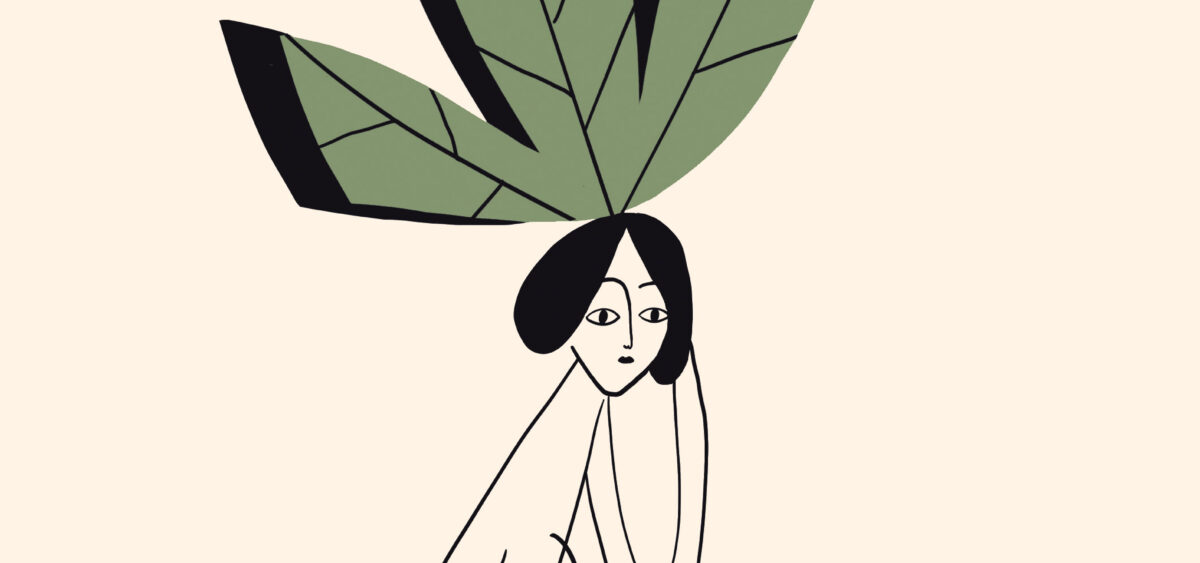
Psychoactive mushrooms make up a very small part of the fungi kingdom, but their ‘symbiotic’ relationship with humans places them at the centre of discussions about the origin and future of our species and the planet.
Two groups can be distinguished among advocates of psychedelics who believe in their power to transform the world. The technocrats base their thinking on scientific research, recognize the therapeutic role of such substances, and believe that they can help people overcome personal crises. The spiritual revolutionaries, on the other hand, have more far-reaching plans. They believe that psychedelics – especially those originating in the natural world – should be used to shape a new type of ecological sensitivity, help to stop the degradation of the planet, and even contribute to a radical reorganization of social life. The histories of these two trends have often intertwined, and at times their representatives have switched places unexpectedly.
The conservative and the hippies
In 1957, amateur mycologist R. Gordon Wasson published a report in “Life” magazine from a small village in the mountainous state of Oaxaca, Mexico. The purpose of his trip was to participate in a session led by local curandera (healer) Maria Sabina, who used ‘divine mushrooms’ in her shamanic remedies. What inspired him to do this research? 30 years earlier, he and his wife had taken a trip through the woods of the Catskill Mountains in New York State. Valentina picked some nice-looking mushrooms and, to her husband’s horror, prepared a dinner from them in their mountain cabin. Like many Westerners, Wasson was a mycophobe and suspected all mushrooms were poisonous. He was convinced he’d wake up next to a corpse, but the ‘mushroom bug’ turned out to be contagious in a completely different way: it initiated a great fascination which resulted in Wasson studying the role of mushrooms in the development of civilization. This adventure led him to the village of Huautla de Jiménez, to verify the truth of reports of the cult of vision-inducing mushrooms still alive








